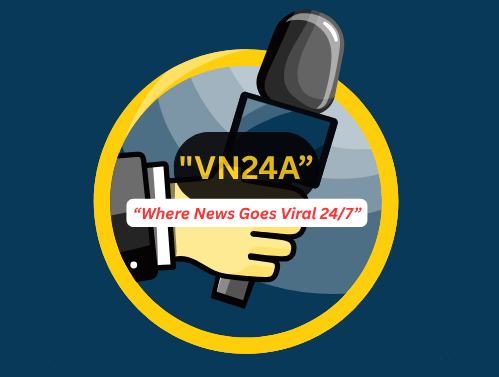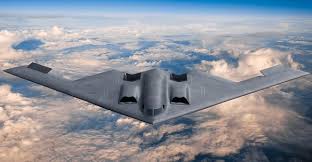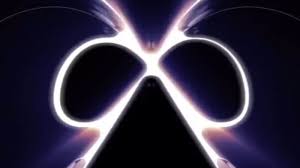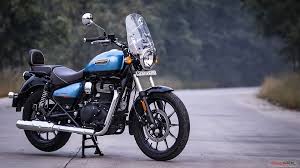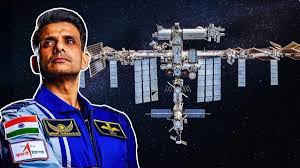B-2 Bomber Costs ₹17,142 Crore – India Could Buy 29 Tejas Mk1As, 20 Rafales, or 18 F-35s Instead
The B-2 bomber costs ₹17,142 crore, making it the most expensive military aircraft in history. With this budget, India could alternatively acquire 29 Tejas Mk1As, 20 Rafales, or 18 F-35A Lightning II stealth fighters. This staggering cost comparison ignites a fresh debate on quantity vs. quality in defense strategy.
🔍 Aircraft Price Comparison Breakdown
| Aircraft | Approx. Cost per Unit | What ₹17,142 Cr Can Buy |
|---|---|---|
| B-2 Spirit | ₹17,142 Cr (US$2 billion) | 1 |
| Tejas Mk1A | ₹590 Cr (US$71 million) | 29 |
| Rafale Fighter | ₹860 Cr (US$105 million) | 20 |
| F-35 Lightning II | ₹950 Cr (US$115 million) | 18 |
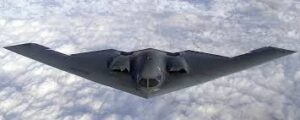

👉 Source: DefenseNews – Most Expensive Military Aircraft
🚀 What Makes the B-2 Bomber So Expensive?
The B-2 Spirit is a nuclear-capable, radar-invisible long-range stealth bomber built by Northrop Grumman.
Key Features:
-
Operational Range: 16,000+ km
-
Payload: 18,000 kg
-
Stealth Coating Maintenance: $60 million per aircraft annually
-
Operational Cost: $135,000 per hour
With only 21 units ever built, its exclusivity, complex materials, and strategic design make it almost unusable in conventional wars, especially for countries like India.
🛩️ Tejas Mk1A: India’s Indigenous Fighter
The HAL Tejas Mk1A is a light combat aircraft developed in India and serves as a symbol of Aatmanirbhar Bharat (self-reliance). It is agile, cost-effective, and ideal for regional defense.
Why Tejas Makes Sense:
-
Indigenous technology with Israeli AESA radar
-
Unit Cost: ₹590 crore
-
Excellent for air defense and tactical missions
-
Low operational cost (~₹18,000/hr)
👉 Internal Link: Tejas vs Rafale Fighter Jet Analysis – Viral News 24 Adda
🦾 Rafale: Proven European Warhorse
India procured 36 Rafales from France at an estimated deal of ₹58,891 crore.
Highlights:
-
Twin-engine, 4.5-gen multirole jet
-
Compatible with India’s terrain and payload needs
-
Unit Cost: ₹860 crore (inclusive of training and weapons)
-
Versatile in strike, reconnaissance, and nuclear deterrence
🌐 F-35 Lightning II: Fifth-Gen Powerhouse
The American F-35A offers advanced stealth, precision, and sensor fusion—suitable for modern air combat.
Specifications:
-
Stealth + Network-centric warfare capability
-
Unit Cost: ₹950 crore including export fees
-
Operational cost is high (~$36,000/hour)
-
Often dependent on U.S. approval for upgrades
While superior in tech, F-35s pose geopolitical risks for independent nations like India.
⚖️ Strategic Comparison: What Should India Prioritize?
| Criteria | B-2 Spirit | F-35 | Rafale | Tejas Mk1A |
|---|---|---|---|---|
| Stealth | ✅ | ✅ | Semi-stealth | ❌ |
| Cost-efficiency | ❌ | ❌ | Moderate | ✅ |
| Maintenance | High | High | Moderate | Low |
| Self-reliance | ❌ | ❌ | Partial | ✅ |
| Tactical Range | ✅ | Moderate | High | Moderate |
📉 Operational & Lifecycle Costs
| Aircraft | Operational Cost (per hour) | Lifespan Estimate |
|---|---|---|
| B-2 Spirit | ₹1.1 crore/hr | 40 years |
| F-35A | ₹30–32 lakh/hr | 30+ years |
| Rafale | ₹16–18 lakh/hr | 35 years |
| Tejas Mk1A | ₹18,000/hr | 30 years |
📊 Final Verdict: B-2 vs Smart Procurement
The B-2 bomber costs ₹17,142 crore, but:
-
You can build an entire Tejas squadron with this money.
-
Equip India’s borders with more deployable jets.
-
Reduce long-term maintenance costs and increase sortie rates.
✈️ Best Value per ₹17,000 Cr:
-
Tejas: 29 jets, scalable, indigenous
-
Rafale: 20 jets, proven but expensive
-
F-35: 18 jets, powerful but geopolitically sensitive
🧠 Strategic Takeaway
India’s defense approach needs balanced air power: a mix of indigenous platforms like Tejas, backed by proven multirole jets like Rafale, rather than unaffordable platforms like the B-2.
Instead of investing in symbolic weapons of power, India can multiply combat effectiveness with smarter, cost-efficient choices.
